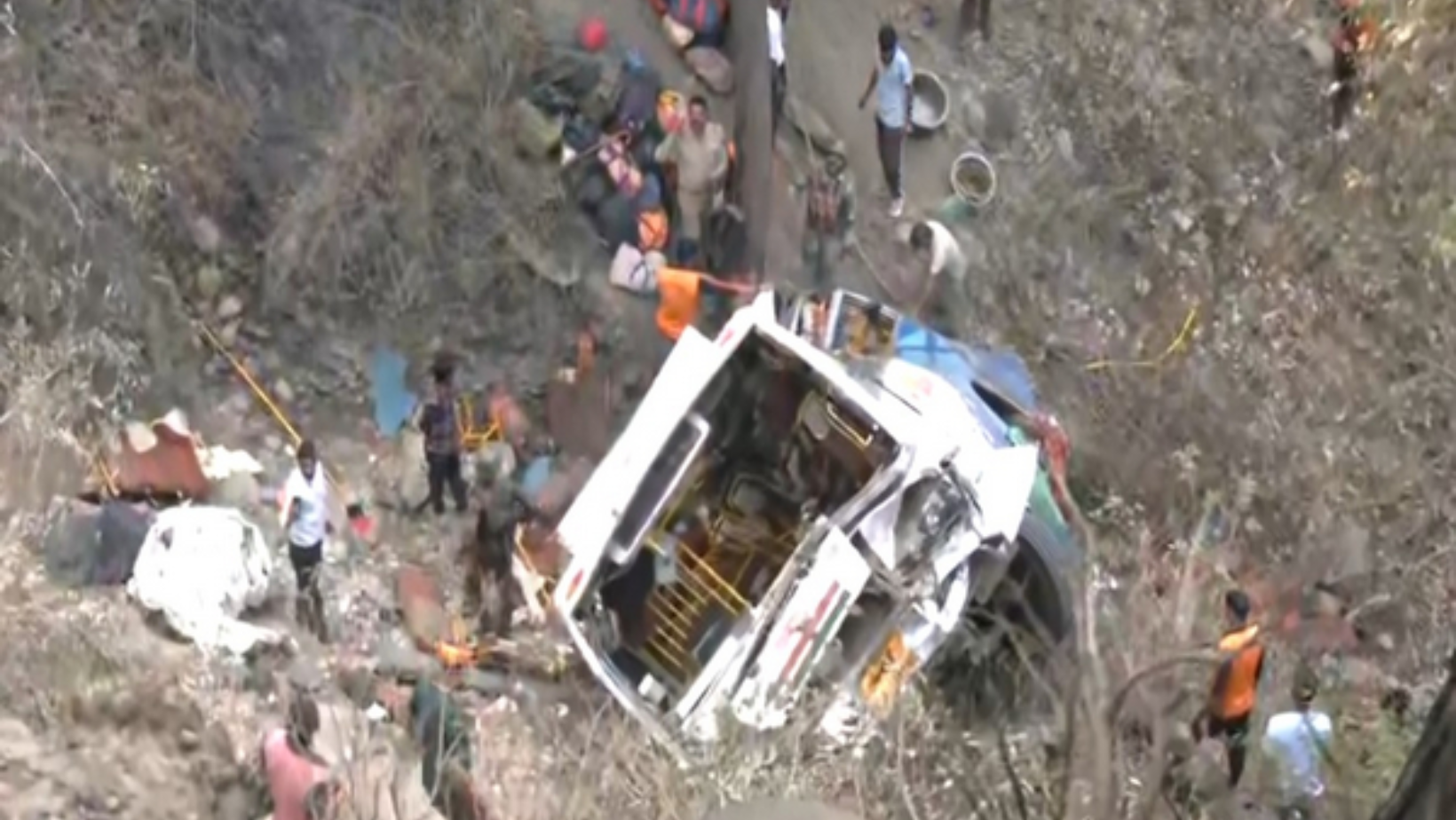In India, advancements in machine learning, artificial intelligence (AI), and open-access platforms are revolutionizing how we address environmental challenges. These technologies enable large-scale data analysis and innovative solutions, which were previously unattainable.
CoRE Stack Initiative
The Ashoka Trust for Research in Ecology and the Environment (ATREE) has joined the CoRE Stack initiative, spearheaded by IIT Delhi and IIT Palakkad. This initiative employs publicly available data combined with machine learning to create a comprehensive, data-driven understanding of social-ecological landscapes. CoRE Stack aids communities in formulating natural resource management plans using user-friendly digital tools.
Application of Drones, Robots, and Sensors
Technological tools like drones, robots, and sensors are proving invaluable in tackling environmental issues, particularly in remote or inaccessible areas. These technologies facilitate:
- Remote Monitoring: Lowering the financial and logistical costs associated with environmental monitoring.
- Data Collection: Gathering biological materials and conducting mass reforestation efforts efficiently.
However, despite these advantages, the integration of such technologies presents challenges. For example:
- Kaziranga National Park: The Assam Forest Department uses sensor-based cameras to monitor vehicle speeds on highways passing through the park. This requires a dedicated control center for monitoring.
- Lake Health Monitoring: Attempts to use sensors in Bangalore’s lakes failed due to biofilm formation on the sensors, highlighting the need for robust solutions in nutrient-rich environments.
Internet of Wild Things (IoWT)
The Internet of Wild Things (IoWT) extends the Internet of Things (IoT) to natural habitats, utilizing sensor-equipped devices to monitor wildlife and ecosystems. In India:
- Acoustic Sensors: Researchers use passive acoustic sensors in the Western Ghats and Central India to track ecosystem restoration.
- Radio Collars and Tags: ATREE scientists use these tools to study animal movements, helping to understand human-wildlife interactions and the impacts of habitat changes.
For instance:
- Elephant Monitoring in Tamil Nadu: Sensor-based cameras detect elephants near railway tracks, alerting officials to prevent accidents and reduce fatalities.
Bioremediation Technologies
Bioremediation technologies offer promising solutions for lake restoration. These include:
- Floating Islands and Constructed Wetlands: Utilizing the root zones of plants to remove excess nutrients and toxic metals from water.
- Algae Utilization: Harnessing algae, especially cyanobacteria, to absorb nutrients, which can then be processed into consumer goods.
ATREE has successfully implemented these technologies:
- Jakkur Lake: Constructed wetlands have provided cost-effective wastewater treatment solutions.
- Venkateshpura Lake: Similar systems are being developed to enhance water quality.
Conclusion
Technological advancements are transforming environmental management in India, offering new methods to monitor, analyze, and address ecological challenges. Through initiatives like CoRE Stack, innovative applications of drones, sensors, and bioremediation, and the adoption of IoWT, India is making significant strides in sustainable environmental management. These efforts not only enhance the capabilities of local communities but also contribute to broader ecological conservation and restoration goals.






